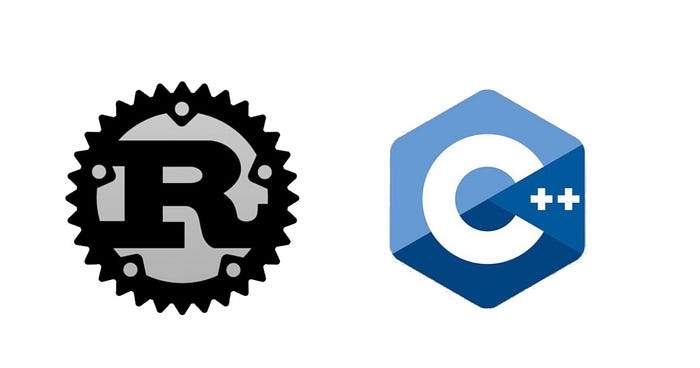Understanding the Rust toolchain when you come from the C/C++ world

DISCLAIMER: This article is merely a bookmark for myself.
In the C/C++ world, the toolchain is pretty straightforward
It looks like this:
cc/cxx: the compiler, which translates your C/C++ code into Assemblyas: the assembler, which translate the Assembly code into Machine Codeld: the linker, which create the final executable from your Machine Code
You feed your .c/.cxx files to the compiler, which will spit .as files (or .s, or .asm).
You feed those files to the assembler, which will spit .o/.obj files.
You can then archive those “object” files into archives:
.a: usually an AR archive, for static libraries.so/.dll: similar to the.abut the executable will tell the Operating System to load this library at runtime
Finally, the linker will take your .o, .a and .so to make an executable.
The “object” files are also called compilation units. The libraries (either static or dynamic) are either provided by the Operating System (*-dev packages on Linux distributions) or by your package (by distributing the .so or .dll along your executable).
But what does it look like in the Rust world?
The compilation unit in Rust is the crate. There is 2 kinds of crate:
- a library crate: this would be the equivalent to the
.aarchives in the C/C++ world - a binary crate: this is the final executable
A crate is, before all else, a module tree:
// foobar.rs
mod submodule {
// ...
}mod another_submodule; // exists in a separate file
If you compile this crate as a library, it will produce a .rlib file:
$ rustc \
--crate-name foobar \
--crate-type lib \
./foobar.rs
$ ls .
libfoobar.rlib
...The .rlib file is an AR archive containing the “object” files. Those “object” files are split according to arbitrary rules that may change from version to version. This is our .a from the C/C++ world!
This implies that rustc --crate-type lib is the equivalent of cc+as.
The final executable is also built from a crate:
// myexe.rs
extern crate foobar;fn main() {
println!("hello world");
}
Using the following command:
$ rustc \
--crate-name myexe \
--crate-type bin \
--extern "foobar=/path/to/libfoobar.rlib" \
./myexe.rs
$ ls .
myexe.exe
myexe.pdb
...The .pdb file contains debugging symbols to use with your debugger.
The --extern argument works with the extern crate statement to locate your dependencies and link them together in a single static executable.
This implies that rustc --crate-type bin is the equivalent of cc+as+ld.
On a final note, the combination of mod and use statements make a better #include:
- the module is included only once (with
mod) in the source tree - the symbols provided by the module are referenced as many time as you want (with
use)
Conclusion
While Cargo or Fleet are amazing tools to manage your project’s dependencies, it’s always interesting to see how it’s done under the hood.
Especially when you’re working on a compiled programming language that targets Rust 😅
